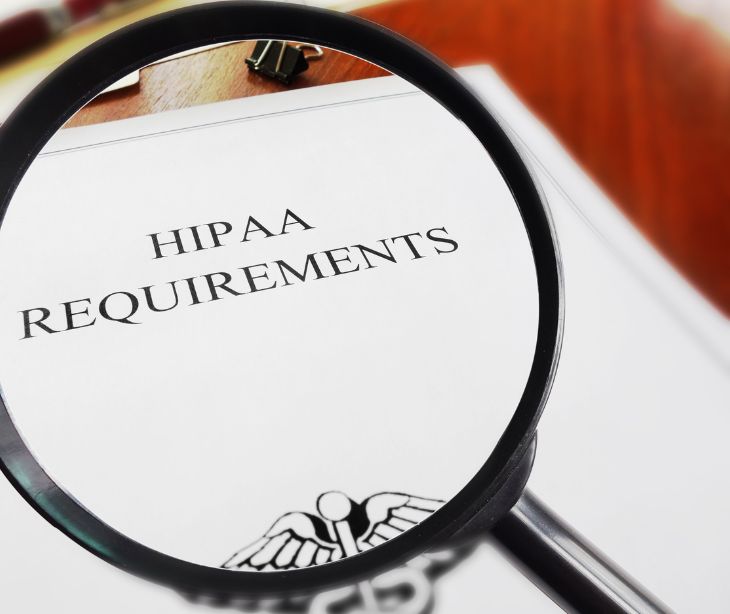
In HIPAA, a hybrid entity performs both covered and non-covered healthcare functions. It can separate its healthcare functions from HIPAA regulations while managing other operations flexibly. Becoming a hybrid entity is a choice for covered entities to manage healthcare functions while retaining control over their non-healthcare operations.
Examples of hybrid entities
The designation of a hybrid entity allows a covered entity, such as a healthcare provider or organization, to separate its different functions and designate specific components as healthcare components subject to HIPAA's Privacy Rule. Examples of hybrid entities might include:
- Universities with medical centers: A university with a medical center can classify it as a healthcare component under the hybrid entity framework, subjecting it to HIPAA regulations. Other university departments unrelated to healthcare may not be subject to these regulations.
- Integrated health systems: Large hospitals with diversified operations could opt for a hybrid entity status. They might separate the healthcare delivery components (subject to HIPAA) from other services, such as retail operations, fitness centers, or educational programs, which might not directly involve covered healthcare functions.
- Healthcare research institutions: Institutions conducting healthcare research could be hybrid entities. Specific research departments or divisions focused on patient care or healthcare delivery might be designated healthcare components, subject to HIPAA regulations. In contrast, other nonclinical or nonhealthcare research divisions might be exempt.
See also: What is a covered entity?
HIPAA requirements and hybrid entities
Compliance with Privacy Rule
- Safeguarding protected health information (PHI).
- Ensuring the confidentiality, integrity, and availability of PHI.
- Limiting uses and disclosures of PHI to those permitted or required by law.
- Providing individuals with rights over their health information.
Security Rule compliance
- Implement administrative, physical, and technical safeguards to protect electronic PHI (ePHI), such as HIPAA compliant email and encrypted data storage.
- Conducting risk assessments to identify vulnerabilities and mitigate potential risks to ePHI.
Documentation and policies
- Hybrid entities must document their compliance efforts, including privacy policies, security measures, risk management, and workforce training.
See also: What are administrative, physical, and technical safeguards?
Training employees in a hybrid entity
Training employees in a hybrid entity presents challenges in ensuring compliance and preventing mishandling of sensitive information. Solutions for effective operation include segment-specific training and consistent knowledge of privacy and security protocols.
- Tailored training programs: Develop and provide distinct training programs tailored to the educational needs of each workforce segment.
- Role-based access and permissions: Implement role-based access controls to limit access to sensitive health information.
- Ongoing education and communication: Conduct regular educational sessions and maintain open communication regarding compliance requirements.
- Separation of systems and information: Physically or digitally segregate systems handling sensitive health information from those that do not.
- Designated compliance officers: Appoint compliance officers or teams responsible for monitoring, enforcing, and guiding compliance efforts within each segment of the hybrid entity.
- Consistent oversight: Implement constant oversight and reporting mechanisms to uphold compliance standards across the organization.
Subscribe to Paubox Weekly
Every Friday we'll bring you the most important news from Paubox. Our aim is to make you smarter, faster.



